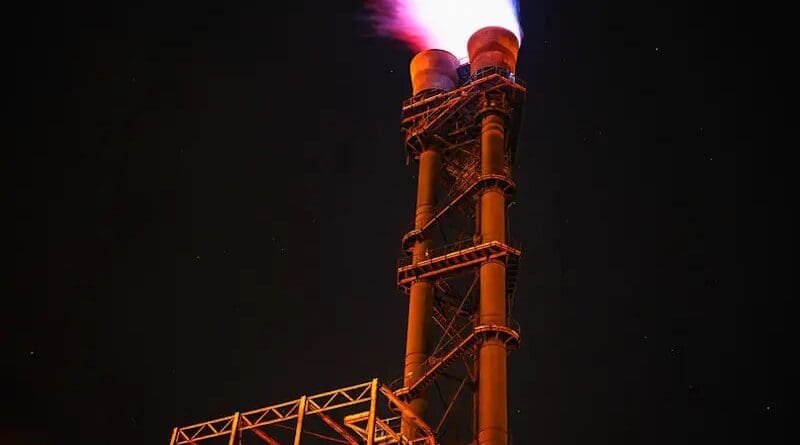We Can Expect More Emissions From Oil Refineries In Near-Term Future
A global inventory has revealed that CO2 emissions from oil refineries were 1.3 Gigatonnes (Gt) in 2018 and could be as large as 16.5 Gt from 2020 to 2030. Based on the results, the researchers recommend distinct mitigation strategies for refineries in different regions and age groups. The findings appear in the journal One Earth.
“This study provides a detailed picture of oil refining capacity and CO2 emissions worldwide,” says Dabo Guan of Tsinghua University. “Understanding the past and future development trends of the oil refining industry is crucial for guiding regional and global emissions reduction.”
Climate change is one of the most fundamental challenges facing humanity today, and continuous expansion of fossil-fuel-based energy infrastructure may be one of the key obstacles in achieving the Paris Agreement goals. The oil refining industry plays a crucial role in both the energy supply chain and climate change. The petroleum oil refining industry is the third-largest stationary emitter of greenhouse gases in the world, contributing 6% of all industrial greenhouse gas emissions. In particular, CO2 accounts for approximately 98% of greenhouse gases emitted by petroleum refineries.
In the new study, Guan and his collaborators developed a publicly available global inventory of CO2 emissions from 1,056 oil refineries from 2000 to 2018. CO2 emissions of the refinery industry were about 1.3 Gt in 2018. If all existing and proposed refineries operate as usual, without the adoption of any low-carbon measures, they could emit up to 16.5Gt of CO2 from 2020 to 2030. Based on the findings, the authors recommend mitigation strategies, such as improving refinery efficiency and upgrading heavy oil-processing technologies, which could potentially reduce global cumulative emissions by 10% from 2020 to 2030. The inventory will be updated and improved in the future as more and better data become available.
The study also showed that the average output of global oil refineries gradually increased from 2000 to 2018, in terms of barrels per day. But the results varied by refinery age group. Specifically, the average capacity of young refineries, which are mainly distributed in Asia-Pacific and the Middle East, increased significantly from 2000 to 2018, while the average capacity of refineries older than 19 years remained stable.
“Given the greater committed emissions brought about by the long remaining operating time of young refineries, there is an urgent need for these refineries to adopt low-carbon technologies to reduce their CO2 emissions,” Guan says. “As for middle-aged and old refineries, improving operational efficiency, eliminating the backward capacity, and speeding up the upgrading of refining configuration are the key means to balance growing demand and reducing CO2 emissions.”

